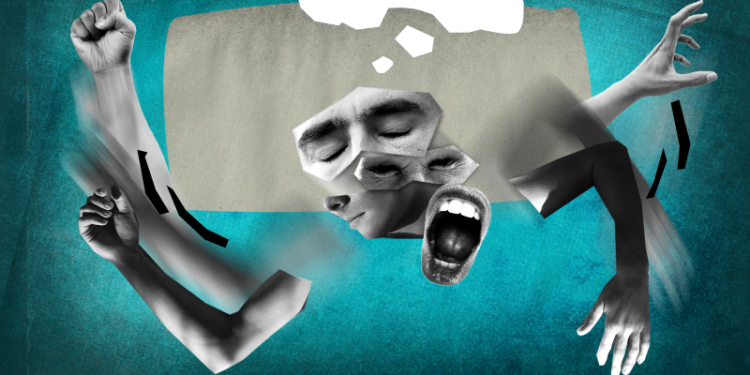The discovery of a new sleep disorder can have a profound impact on the field of sleep medicine and the lives of those affected. In the article found on godzillanewz.com, it is revealed that an individual was the first person to be diagnosed with a previously unidentified sleep disorder, setting the stage for an important scientific breakthrough. This groundbreaking event underscores the importance of ongoing research and clinical observation in understanding the complexities of sleep disorders and advancing treatments for patients.
The individual’s journey began with the recognition of unusual symptoms that did not fit the existing diagnostic criteria for known sleep disorders. This realization highlights the difficulties in accurately diagnosing rare or novel conditions, as healthcare providers must rely on a combination of patient history, clinical observation, and specialized testing to uncover the root cause of a patient’s symptoms. In this case, the persistence and expertise of the healthcare team were instrumental in identifying the unique characteristics of the patient’s sleep disorder.
Following the initial diagnosis, the medical team embarked on a comprehensive investigation to further characterize the newly identified sleep disorder. This thorough examination involved a combination of sleep studies, neuroimaging techniques, and consultations with sleep medicine experts to unravel the underlying mechanisms at play. By leveraging a multidisciplinary approach, the researchers were able to gain valuable insights into the pathophysiology and clinical features of the novel disorder.
As the medical team delved deeper into the exploration of this unique sleep disorder, they encountered several challenges and uncertainties along the way. The rarity of the condition meant that there were limited resources and established guidelines to draw upon, requiring the team to think creatively and adapt their research methods to suit the needs of the study. Despite these obstacles, the collaborative efforts of the researchers and healthcare providers proved to be instrumental in advancing our understanding of this newly discovered sleep disorder.
The breakthrough that emerged from this case study represents a significant contribution to the field of sleep medicine and has far-reaching implications for both research and clinical practice. By shedding light on the existence of a previously unknown sleep disorder, clinicians and scientists can now expand their diagnostic criteria and treatment options to better address the diverse spectrum of sleep-related conditions. Furthermore, the identification of this novel disorder underscores the importance of remaining vigilant and open-minded in the pursuit of medical knowledge, as groundbreaking discoveries can arise from the most unexpected places.
In conclusion, the story of the individual who was the first to be diagnosed with a new sleep disorder serves as a testament to the power of perseverance, collaboration, and innovation in healthcare. By embracing the unknown and pushing the boundaries of scientific inquiry, we can continue to unravel the mysteries of the human body and bring hope to those suffering from rare and complex conditions. This remarkable journey not only highlights the importance of individualized care but also underscores the transformative impact of scientific breakthroughs on the future of medicine.













